Frankincense Tree
- November 19, 2024
- 0 comment
The Frankincense Tree (Boswellia sacra) is a remarkable species known for its historical, cultural, and ecological significance. Renowned for producing frankincense resin, this tree has been integral to ancient rituals, traditional medicine, and modern industries.

Its ecological role in arid ecosystems makes it vital to biodiversity, supporting soil stabilization and providing shelter for wildlife. As part of the Burseraceae family, the Frankincense Tree is a keystone species in its native habitats, contributing to the health of desert ecosystems.
What Is a Frankincense Tree?
The Frankincense Tree is a small to medium-sized deciduous tree scientifically classified under the genus Boswellia. Its defining characteristics include:
- Leaves: Compound leaves with a glossy texture, often clustered at the tips of branches.
- Bark: Pale and papery, peeling off to reveal a greenish layer underneath, which facilitates photosynthesis in harsh climates.
- Flowers: Small, white to pale yellow blooms with a sweet fragrance, appearing in clusters.
One fascinating fact about the Frankincense Tree is its ability to thrive in nutrient-poor, rocky soils, often growing in rugged terrains where few other plants can survive. These trees can live for hundreds of years, making them a symbol of resilience in the natural world.
Two Different Types of Frankincense Tree Species
Several species of Frankincense Tree are found across different regions, each with unique traits. The most notable species include:
Boswellia Serrata
Found in India, this species is widely used in Ayurvedic medicine for its anti-inflammatory properties.


Boswellia Frereana
Known as “Maydi,” this species produces resin often used in cosmetics and perfumes.
Each species adapts to its native habitat, ranging from dry, rocky outcrops to semi-arid savannas, playing a critical role in their respective ecosystems by preventing soil erosion and supporting local wildlife.
Where Do Frankincense Trees Grow?
Frankincense Trees are native to arid and semi-arid regions, particularly in:
- Arabian Peninsula: Oman and Yemen.
- Northeast Africa: Somalia, Ethiopia, and Sudan.
- India: Arid and sub-tropical regions.
These trees have adapted to extreme conditions, including rocky terrain and limited rainfall, by developing deep root systems that anchor them in place and extract moisture from deep underground sources. In their environment, they contribute to soil stabilization and provide shade and shelter for desert wildlife.
How to Grow and Care for Frankincense Tree
Growing a Frankincense Tree requires replicating its natural conditions:

- Soil: Well-drained, sandy, or rocky soil is ideal.
- Watering: Requires minimal watering; overwatering can harm the tree.
- Sunlight: Thrives in full sun, needing at least 6–8 hours of direct sunlight daily.
- Propagation: Grow from seeds or cuttings. Ensure seeds are fresh and soil is slightly moist for germination.
To maintain healthy trees, prune dead branches and protect them from pests such as aphids or borers. Frankincense Trees are naturally hardy but benefit from occasional organic fertilization.
Ecological Benefits of Frankincense Tree
Frankincense Trees play a vital role in their ecosystems:

- Soil Health: Their deep roots prevent erosion and improve soil stability.
- Biodiversity: They provide food and habitat for various insects, birds, and mammals.
- Climate Resilience: By thriving in arid environments, they help sustain ecosystems under harsh conditions.
Frankincense Tree Flowering and Pollination
Frankincense Trees typically flower in the spring, producing small, fragrant blooms. The flowers are pale yellow or white, arranged in clusters, and attract pollinators like bees, butterflies, and birds. Pollination ensures seed production and supports the tree’s role in maintaining local biodiversity.
Is Frankincense Tree Drought-Tolerant?
Yes, Frankincense Trees are highly drought-tolerant, thanks to their deep root systems and water-efficient leaves. This makes them suitable for planting in arid regions or areas with limited water availability. To grow this tree successfully in dry climates, avoid overwatering and use well-draining soil to prevent root rot.
Frankincense Tree and Wildlife Interactions
Frankincense Trees form symbiotic relationships with local wildlife. Their resin attracts certain insects, which help in pollination, while their foliage and branches provide shelter for birds and small mammals. The trees also exude a chemical that deters herbivores, ensuring their survival in harsh environments.
Conclusions
The Frankincense Tree (Boswellia sacra) stands as a testament to nature’s resilience and ingenuity. Its ecological, cultural, and economic significance underscores its value to both natural ecosystems and human societies. From preventing desertification to supporting local biodiversity and providing a renewable source of resin, the Frankincense Tree is a vital resource that deserves conservation and appreciation. Protecting these trees ensures the preservation of their ecosystems and the benefits they bring to the world.
Frequently Asked Questions (FAQs)
- What is a Frankincense Tree?
The Frankincense Tree (Boswellia sacra) is a drought-tolerant tree known for producing aromatic resin, with unique papery bark, fragrant flowers, and the ability to thrive in arid environments. - Where do Frankincense Trees grow?
They are native to the Arabian Peninsula, Northeast Africa, and India, thriving in rocky, arid, or semi-arid terrains with minimal water and intense sunlight. - How do you grow a Frankincense Tree?
Grow it in well-drained, sandy soil under full sunlight with minimal watering. Propagation can be done through seeds or cuttings. - What are the ecological benefits of Frankincense Trees?
They prevent soil erosion, improve soil stability, and provide shelter and food for insects, birds, and mammals, contributing to local biodiversity. - Is the Frankincense Tree drought-tolerant?
Yes, it adapts well to dry climates using deep roots to access underground water, making it ideal for arid regions. - What wildlife interacts with the Frankincense Tree?
Its flowers attract pollinators like bees and butterflies, while its branches and foliage offer shelter to small mammals and birds.
We hope this guide has highlighted the importance of the Frankincense Tree. Have tips or experiences to share? Join the conversation below and inspire others to support conservation. Don’t forget to share this guide with nature enthusiasts to promote biodiversity and sustainability!


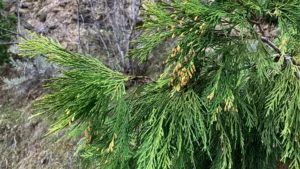
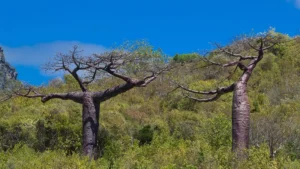
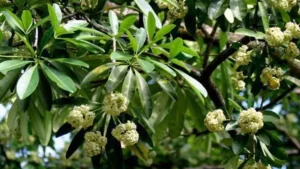

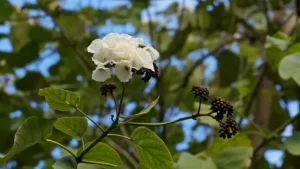
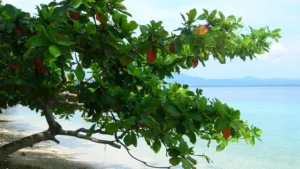
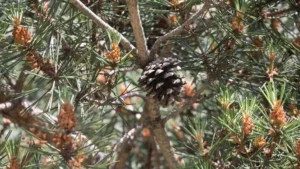
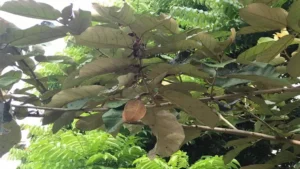
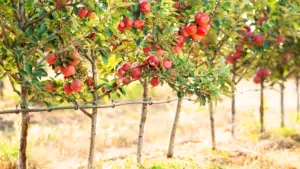

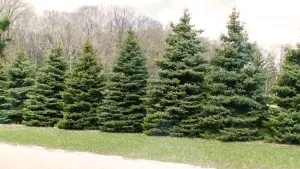
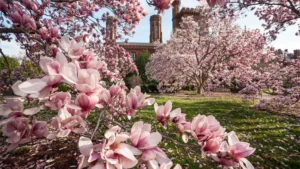
Leave your comment